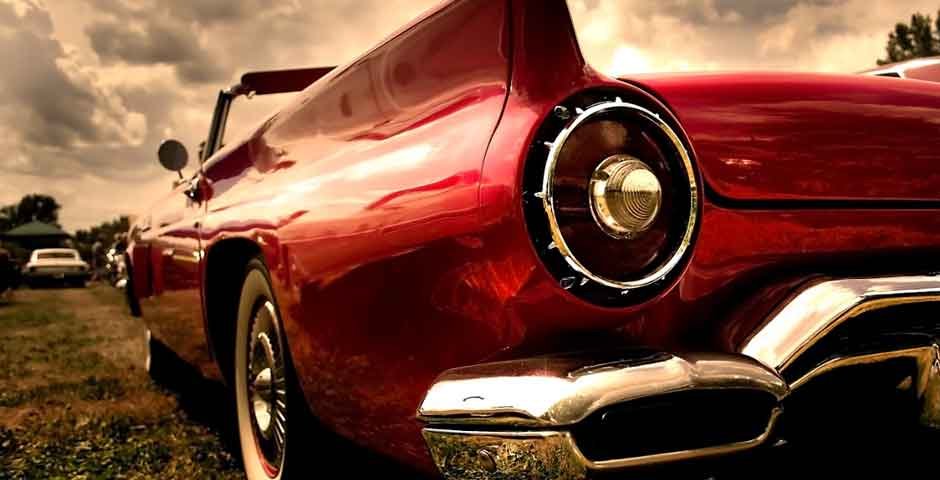Metal fabrication plays a vital role in the automobile industry. The cars we encounter daily owe their existence to this fundamental process. By cutting, bending, and assembling various pieces, metal fabrication gives birth to metal structures. It’s indispensable in crafting the car’s body, frame, and other integral components.
The significance of this process in the car manufacturing industry primarily lies in its contribution to durability and strength. Metal, being a robust material, can withstand the test of time and resist wear and tear. This quality makes it the ideal choice for vehicles designed to last for years.
Many companies offer exceptional metal fabrication services for the automotive industry, such as KNS Metal services. These services, ranging from welding and cutting to metal stamping and bending, are uniquely designed to meet specific client needs.
Continue reading to discover the applications of metal fabrication in the automobile industry.
1. Custom Car Modification
Custom car modification involves making changes to a car’s appearance or performance to suit the specific needs or preferences of the owner or car enthusiast. This process varies from simple aesthetic alterations like new rims or a change in paint color to intricate engine and suspension upgrades. The ability to create one-of-a-kind parts is where metal fabrication shines in custom car modification.
One prevalent modification that relies on metal fabrication is the installation of custom exhaust systems. These systems aim to enhance a car’s performance by facilitating a more efficient exit of exhaust gases from the engine. Crafting custom exhaust systems demands precision in cutting and welding metal pipes and fittings.
The creation of personalized body kits represents another aspect of custom car modification heavily reliant on metalwork. These kits, consisting of various metal components attached to a car’s body, transform its appearance. Body kits can improve a car’s aerodynamics, increase ground clearance, or enhance its overall aesthetics.
2. Roll Cage Fabrication
Roll cage fabrication involves creating a metal framework that reinforces the car’s structure. It’s common in high-performance cars and race cars, enhancing their safety and performance characteristics.
Roll cages are crucial for car safety, as they offer additional protection for the driver and passengers during a crash or rollover. They distribute the crash impact more evenly throughout the car, thereby reducing the risk of severe injury or death.
These cages are typically made from high-strength materials like steel or aluminum. The most prevalent technique in roll cage fabrication is Tungsten Inert Gas (TIG) welding, a precise, high-quality welding method that ensures a solid and durable bond between the metal pieces.
3. Vintage Car Restoration
The process of vintage car restoration involves returning an old or classic car to its original condition. It’s a labor-intensive and intricate process that relies heavily on various metalworking techniques.
In restoring vintage cars, metal fabrication becomes vital because many of these cars harbor unique or rare parts no longer in production. This process enables the creation of replacement parts identical to the original ones, ensuring the car retains its authenticity.
Panel beating, a technique involving shaping and forming metal panels by hand to match the car’s original design, is often used in vintage car restoration. This method, requiring high skill and expertise, is commonly employed in restoring classic cars from the 1930s to the 1950s.
Additionally, metal polishing is another technique used to restore vintage cars. It helps remove rust and other imperfections from metal surfaces, reinstating their original shine. Metal polishing is often used on chrome bumpers, grilles, and other metal trim pieces.

4. Original Equipment Manufacturer Parts
Original Equipment Manufacturer (OEM) parts are made by the same company that produced the original components installed in a car during assembly. Metalworking processes are integral to the production of these parts and are responsible for many of the metal components found in vehicles.
Automotive springs, u-bolts, seat frames, and tubular parts are examples of metal-fabricated OEM parts. These parts are critical to the proper functioning of the car and require precision and accuracy during the fabrication process.
One advantage of using metal-fabricated OEM parts is their reliability and durability. These parts use high-quality materials and undergo rigorous testing to ensure their performance meets industry standards. This rigorous testing guarantees that the parts are safe, reliable, and designed to outlast non-OEM parts.
Another advantage of using metal-fabricated OEM parts is their compatibility with the original parts in the car. This compatibility ensures that the car retains its original performance and specifications, which can be crucial for resale value and maintenance.
Conclusion
From custom car modifications to vintage car restorations, roll cage fabrication, and OEM parts production, metal fabrication’s significance is unquestionable in the automotive industry. It offers a wide range of possibilities for modifications, repairs, and replacements.
The applications of this versatile process continue to transform and enrich the automotive industry, making it an essential part of this rapidly evolving field.






